Cleanroom News, Robots
How Insect Droids Will Conquer Mars
It’s an open secret that scientists tend to have a love-hate relationship with fiction. Not all fiction – less so the bodice-rippers or cozy thrillers that spill off the bookstore shelves – but one specific genre: science fiction. Sometimes known more prosaically as speculative fiction, this category of literature encompasses utopian/dystopian works, supernatural/superhero tropes, and worlds of fantasy, in addition to alternate historiography and paradigm shifts. In mythography, speculative fiction is termed mythopoeia and suggests writers of alternate mythologies such as J. R. R. Tolkien, H. P. Lovecraft, and C. S. Lewis. But what of 21st century writers? It’s easy to look at the canon and assume all of the great work has already been done. But not so fast – enter Jeff Noon, a British author with a rich and long-standing history when it comes to writing in this genre. And Nymphomation, published in 1997 as the fourth installment of the Vurt series, is a work combining alternate reality with paradigm-shifts and advanced technology. In this tale of a sinister corporation with the power to steal a city’s dreams, followers of Noon thrill to his depiction of the stand-out high-tech creation of the blurbflies. Pre-empting the real-world development of drones, blurbflies are small mechanical robots that present living advertisements, released into the environment to create a buzz for their corporate sponsor overlords. Bio-Logical-Ultra-Robotic-Broadcasting-Systems – or Blurbs – may be based upon Philip K. Dick’s concept of the ‘commercial fly,’ a droid with the same commercial mandate that pervades his 1964 novel The Simulacra, but take on their own unique personality in interactions with their human targets.
Are commercial flies or blurbflies already among us?
And with recent developments pioneered by NASA and SpaceX, the barrier between science fiction and science fact has once more been seen to be permeable. Are commercial flies or blurbflies already among us? Not quite. But B-Droids are, and we’re excited to see what mechanized insects can do for us both here on Earth and, if Elon Musk’s dreams become reality, also in an extra-terrestrial environment.
The B-Droid is the latest incarnation of a robotic pollinator that used cameras to detect and manoeuver itself around terrain to locate flowers.
For more than six years, researchers at the Warsaw University of Technology have been working on addressing the increasingly concerning issue of bee extinction. Acknowledging that the global bee population is, for myriad reasons, in potentially calamitous decline, researchers led by Professor Rafał Dalewski from the Faculty of Power and Aeronautical Engineering have designed the B-Droid, an ‘autonomous device for mechanical plant pollination.’(1) The B-Droid is the latest incarnation of a robotic pollinator that used cameras to detect and manoeuver itself around terrain to locate flowers. With a target in sight, the droid mimics the actions of a bee using a simple brush to collect pollen from one flower to move to another. But where the initial versions of this experimental technology required the whole apparatus to move, B-Droids are quadcopters with all operations being controlled from a stationary base. On-board analysis allows the operator to control the drone’s flight path and operations in real time as it flits from blossom to blossom, and the device is agile, nimble, and – like the bee it seeks to assist – efficient in terms of achieving the goals of its mission.
In the summer of 2016, members of Dalewski’s team enjoyed the fruits (or vegetables, in this case) of their labor. In tests, pollination of garlic plants using the wheeled version of the robot yielded 165 seeds (as opposed to the 23 seeds where the robot was not deployed as a pollinator) and the resulting seeds were of higher quality than anticipated. To date, the flying B-Droid has yet to be tested in the field but Dalewski is confident that the technology will bear fruit.
…but what how does it relate to NASA, SpaceX, and our favorite maverick of innovation, Elon Musk?
So that’s some uplifting news for bees, but what how does it relate to NASA, SpaceX, and our favorite maverick of innovation, Elon Musk? We’re glad you asked. If you thought B-Droids were fantastic – in the dictionary sense of ‘conceived by an unrestrained imagination,’ ‘not based in reality,’ ‘extravagantly fanciful’ – you’ll be wholly unprepared for what comes next. Marsbees.
The bees would be sent out in a swarm on over-sized, battery-powered wings to sample the Martian atmosphere and collect data as they fly.
Yes, these are exactly what the name suggests. According to an email sent to NBC News by Dr. Chang-kwon Kang of the University of Alabama in Huntsville, Marsbees will soon be the latest interplanetary emissaries. Approximately the size of a terrestrial bumblebee, Kang envisions a hive of mechanical drones that will ‘carry an integrated video camera [to] construct a 3-D topographic map of the local surface for rover path planning.’(2) The bees would be sent out in a swarm on over-sized, battery-powered wings to sample the Martian atmosphere and collect data as they fly. The project seems to be in its early stages of development with researchers in Alabama partnering with counterparts in the Tokyo University of Science in Japan to construct prototypes, and is supported by a grant from NASA under the umbrella of the agency’s ‘Innovative Advanced Concepts’ program. The Marsbees are not designed to be independent but will instead be reliant upon a rover to act as both their central command and ‘hive.’ But despite their reliance on this larger vehicle, Marsbees are considered more efficient than a rally of rovers (or whatever the collective noun might be for a group of these devices) given that each bee can be programmed to perform a specific and individual task even while the safety in numbers principle allows for some individuals to fall by the wayside without jeopardizing the entire mission. In addition, according to a recently published article for NASA, the bees’ sensors would be reconfigurable and their functional flexibility would facilitate the development of more resilient systems while on-planet.(3)
And the other benefit of enlisting swarms of small droids as opposed to several larger machines is their inherent flexibility in terms of interplanetary spacecraft payload. In other articles, we’ve talked about SpaceX and the BFR, noting that any mission to explore or colonize – SpaceX’s ultimate goal in terms of the Red Planet – must maximize payload efficiency. With their small size, Marsbees would certainly offer better options in terms of portability and weight distribution. And in terms of any long duration stay on Mars, the droids have a lot to offer. While their central command rover facilitates mission control and data transmission, this diminutive apian air force could not only also map the terrain for the rover, record air flow patterns and density, but also search for signs of life. How? On-board methane detectors could play a role in continuously sampling the air for tell-tale emissions that denote the existence of something alive upon the planet.
And what if the Marsbees did in fact detect the scents of life in the form of methane? Although we’re not sure what either SpaceX or NASA has in contingency plans for the event that the Marsbees are met by extraterrestrial life – whether microbial or advanced – even the remote possibility of biological entities on the Red Planet underscores one critical part of the Marsbees mission. Contamination control.
Back in 2009, NASA approved the initial development of a project named OSIRIS-REx under the auspices of its New Frontier’s Program. ‘Origins, Spectral Interpretation, Resource Identification, and Security Regolith Explorer’ – OSIRIS-REx – sought to return and analyze a ‘pristine’ piece of carbonaceous asteroid regolith from the near-Earth asteroid (101955), Bennu. In a rendezvous with Bennu later in 2018, OSIRIS-REx will execute a ‘touch-and-go’ (TAG) to collect a sample of the regolith for analysis upon return home in 2023. Researchers are specifically interested in the regolith given that its composition it is very similar in spectral terms to carbonaceous chondrites. Containing up to 3% carbon and small parts of soluble organics such as amino acids, these materials are among the most primitive solids in the solar system and are thought to have contributed to the initial formation of life on Earth.
Which is why NASA stresses the importance of the term pristine.
OSIRIS-REx Contamination Control Strategy and Implementation…
In a paper accepted to the Space Science Review in October 2017, lead author J. P. Dworkin of the NASA Goddard Space Flight Center, Greenbelt, MD, noted the critical importance of preventing Earth-based particulates from contaminating asteroid samples, elevating it to the highest level of mission requirements. OSIRIS-REx Contamination Control Strategy and Implementation, a multi-authored paper from partners as far afield as the SETI Institute in California, the Czech Geological Survey in Prague, and the Open University in the United Kingdom, outlines that a sample would be considered contaminated if it was ‘violated by any alteration of the physical, chemical, textural, or other state that compromises sample integrity.’(4) And the ways in which a sample could be rendered non-pristine are numerous:
‘Alteration includes changing inherent states, losing sample components, or adding extraneous components. These could include changes in bulk chemistry/mineralogy, trace components, stable isotopic ratios, volatiles (ices and organics), crystallinity and phase state, remnant magnetism, grain-size distribution, grain/clast integrity, texture/structure/layering, and chemical/electronic activation state.’(5)
And in following the guidelines established by OCSSG, the OSIRIS-REx spacecraft was processed in an ISO 7 cleanroom, with a handful of tests being performed in an ISO 8 environment.
So with these in mind, the team looked to the Mars Organic Contaminants Science Steering Group (OCSSG) for guidance on preventing organic contamination, the same group that will presumably oversee the Marsbees initiative. The OCSSG specifies sterility targets and divides cleanroom performance into three different levels. Level 1 applies to the outer surfaces of sensor-bearing craft that are in contact with the Martian surface. Level 2 applies to sample handling and the surfaces in processing facilities. And Level 3 relates to specified sample handling components that are in direct contact with Martian samples. And in following the guidelines established by OCSSG, the OSIRIS-REx spacecraft was processed in an ISO 7 cleanroom, with a handful of tests being performed in an ISO 8 environment. Sensitive surfaces were bagged in polytetrafluoroethylene (PFTE, aka Teflon) and tests were performed under a positive pressure purge. The number of technicians involved in the testing was kept to a minimum and SOPs demanded that personnel ‘were gowned in nylon-free cleanroom suits with the nose and mouth covered. Gloves were taped to the gown and wiped with Fisher Optima 2-propanol. Double gloves were used when working with critical hardware. Makeup, perfume, and cologne were prohibited; tobacco users were required to rinse their mouth with water 30 minutes before entering the cleanroom.’(6)
In addition to the strict requirements of the staff, the environment was also closely controlled and ‘[s]ensitive surfaces were cleaned to 50 A/2 to meet the 100 A/2 at launch requirement. Exterior surface of the spacecraft was maintained at 500 A/2 and internal surfaces at visibly clean–highly sensitive (VC-HS) levels [which NASA defines as] “The absence of all particulate and nonparticulate matter visible to the normal unaided [eye when viewed with] ≥100 foot candles [of light at a distance of] 6 to 18 inches…[from] exposed and accessible surfaces…Particulate is identified as matter of miniature size with observable length, width, and thickness”’(7)
…the contamination issue as it relates to extra-terrestrial exploration is critical and one in which shortcuts have no place.
To read the full specifications, consult the paper, which is freely available at Cornell University Library’s online database, arXiv.org. It makes for interesting reading in the light of the Marsbees research given that many of the concerns raised vis à vis an asteroid encounter are even more applicable for a Mars exploration and/or colonization initiative. Despite Elon Musk’s enthusiasm for fast fails and rapid progress, the contamination issue as it relates to extra-terrestrial exploration is critical and one in which shortcuts have no place. Given that this new technology – the work of collaboration between scientists at a multitude of institutions and government agencies – is still in its exciting infancy, incorporating excellence in contamination control into the process is both inevitable and desirable.
Why? The answer is simple yet critically important. Within our lifetimes, we will have a limited number of opportunities to get this right: to return pristine samples from asteroids and other planets; to chart the typography and explore the terrain of Mars; and to establish the feasibility of colonizing a world other than our own magnificent blue planet. And in pursuing the challenges that this mission entails, we absolutely must be sure that every step is taken to ensure that our hunger for exploration and drive for expansion do not act as unwitting vehicles for the distribution of our own pollution across the reaches of the currently pristine solar system.
Share your thoughts – are Marsbees the most exciting initiative to emerge from NASA’s ‘Innovative Advanced Concepts’ program? Or do you think the funding would have been better placed elsewhere? We’d love to know what you think…
References:
- https://www.pw.edu.pl/engpw/Research/Business-Innovations-Technology-BIT-of-WUT/B-Droid-a-robot-that-s-busy-as-a-bee
- https://www.nbcnews.com/mach/science/why-robotic-bees-may-be-next-visitors-mars-ncna864391
- https://www.nasa.gov/directorates/spacetech/niac/2018_Phase_I_Phase_II/Marsbee_Swarm_of_Flapping_Wing_Flyers_for_Enhanced_Mars_Exploration
- https://arxiv.org/pdf/1704.02517
- ibid
- ibid
- ibid


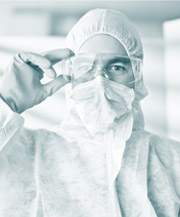


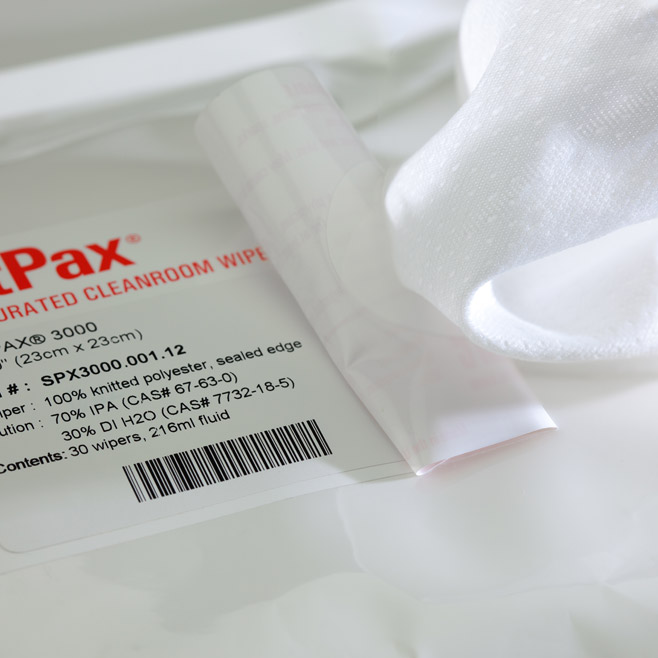
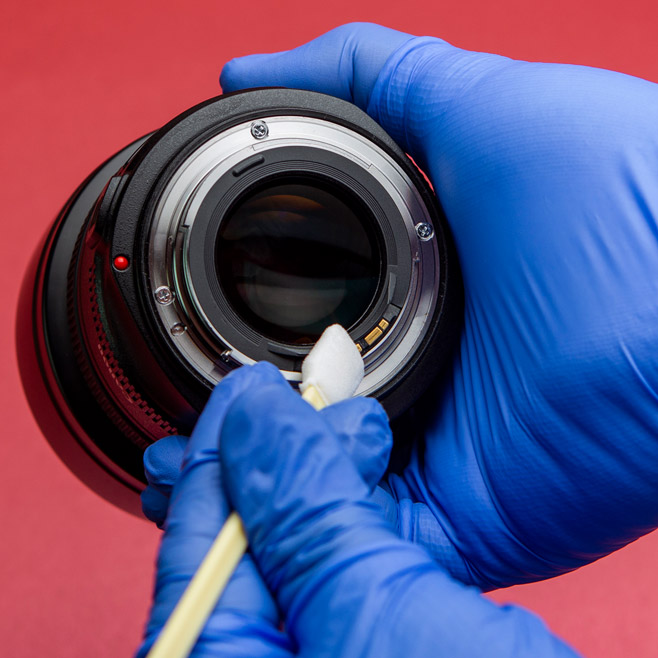
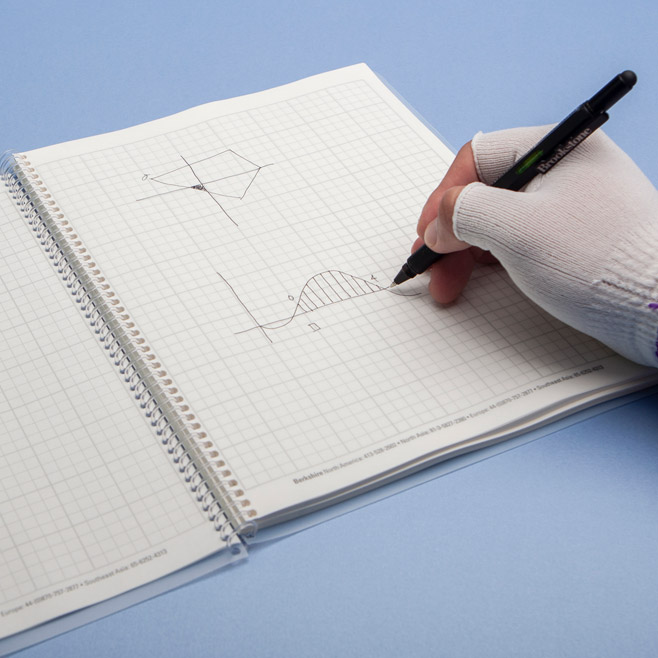

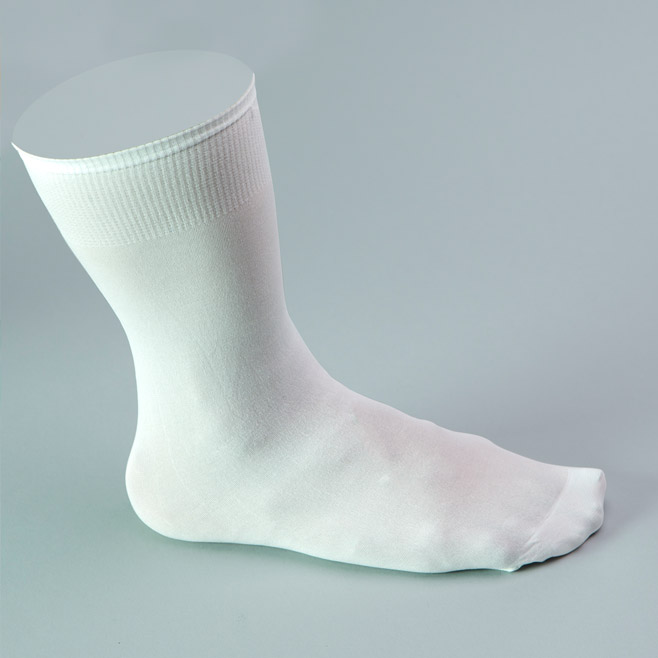
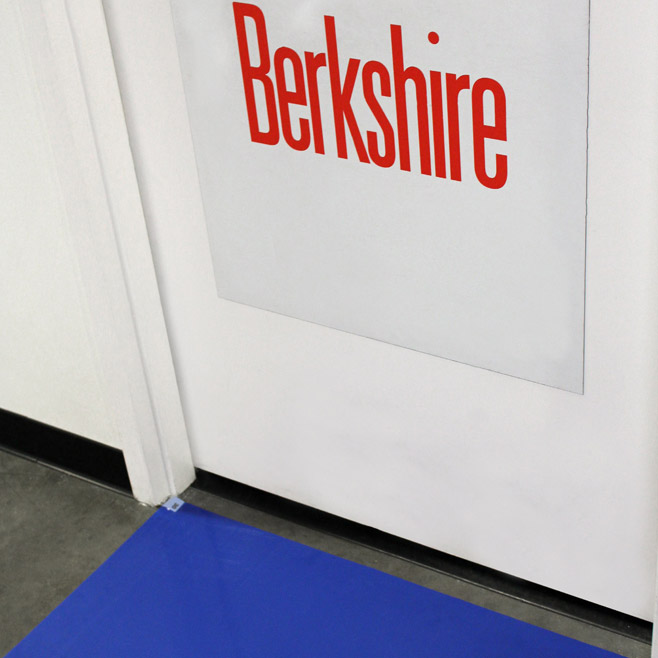
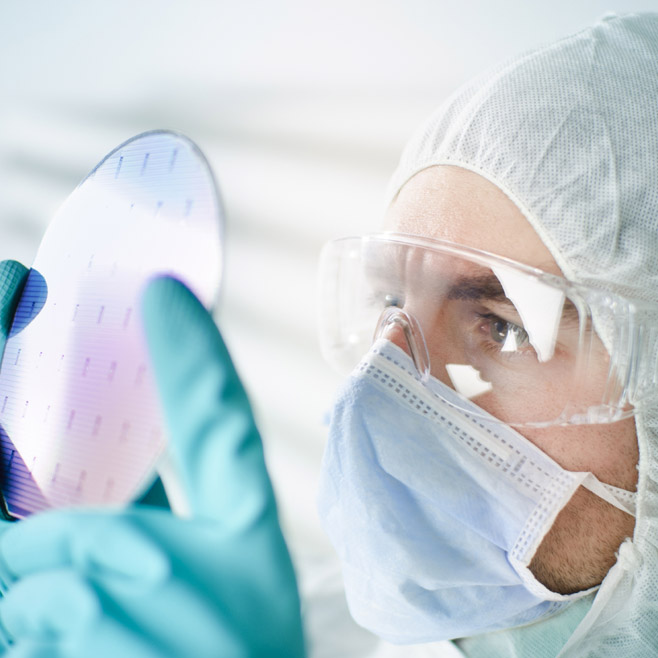

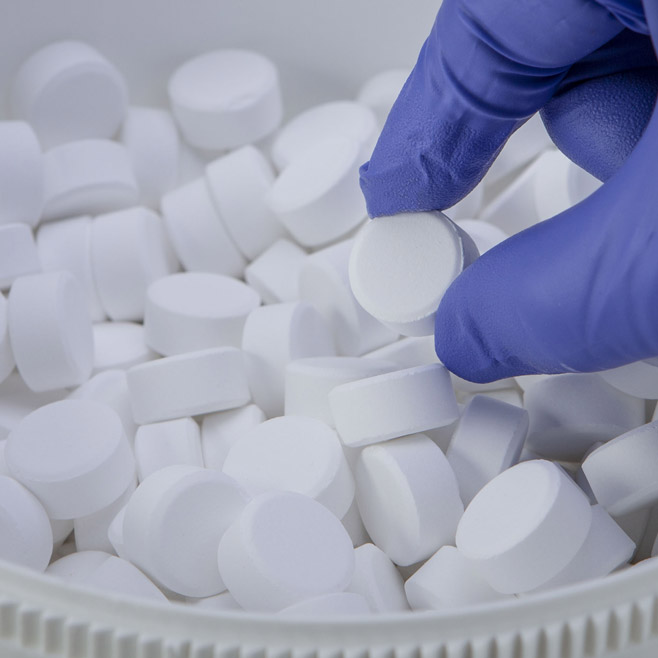

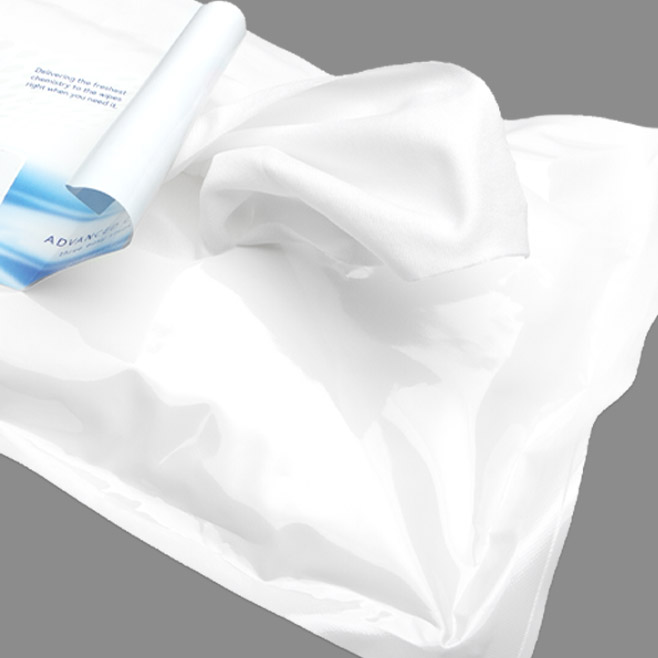
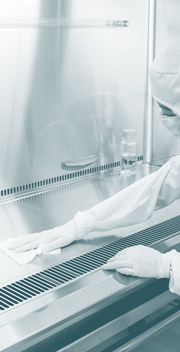

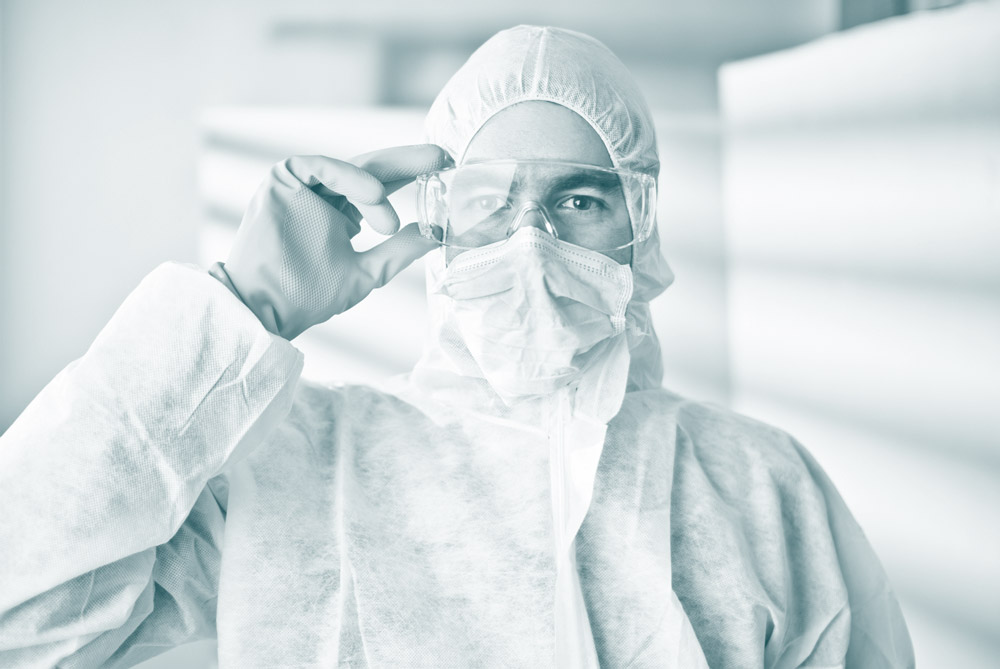
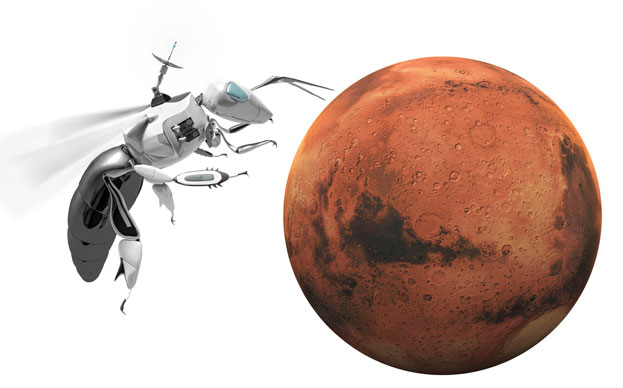

HAVE AN IDEA FOR CONTENT?
We are always looking for ideas and topics to write about.
Contact Us